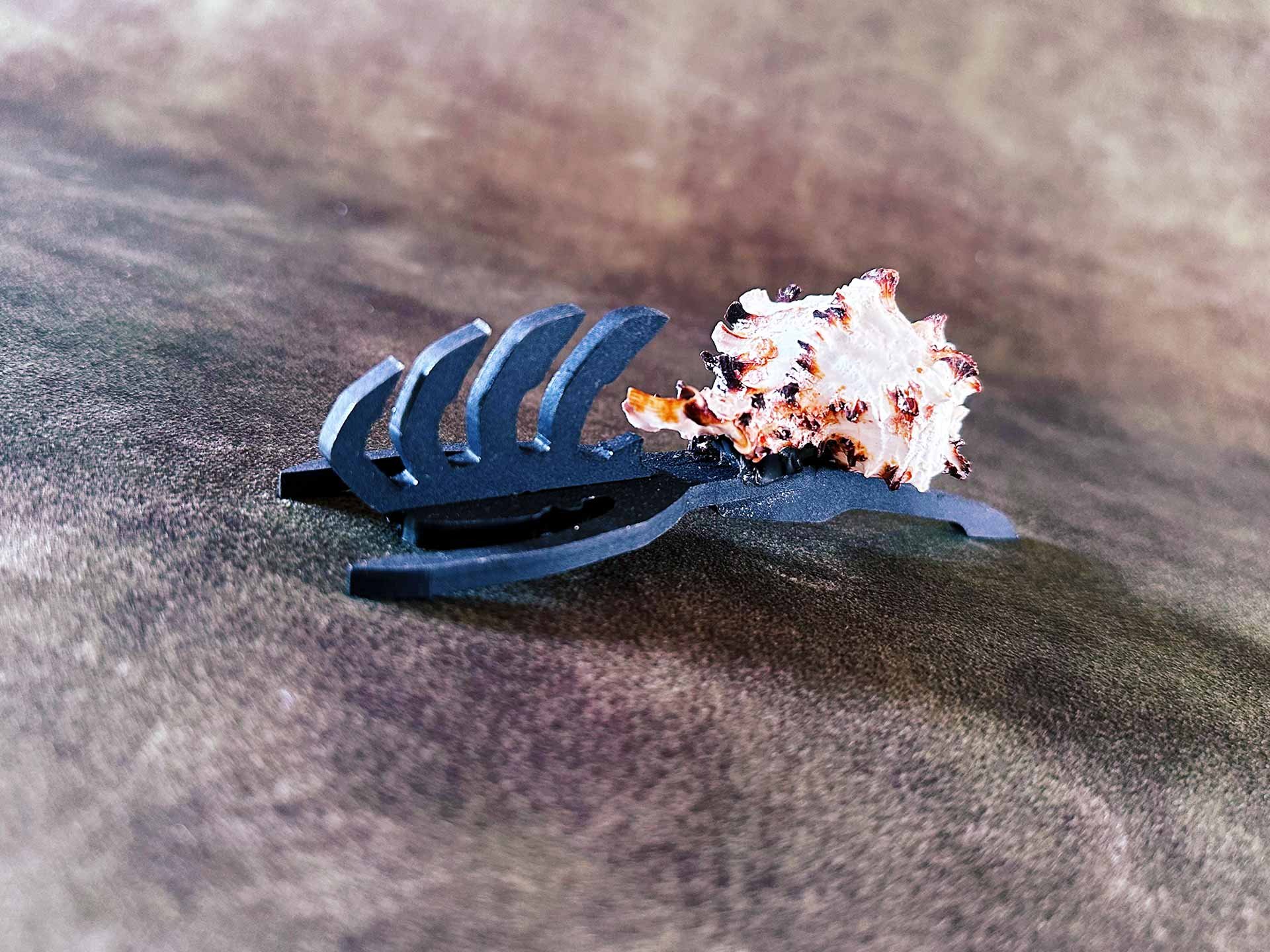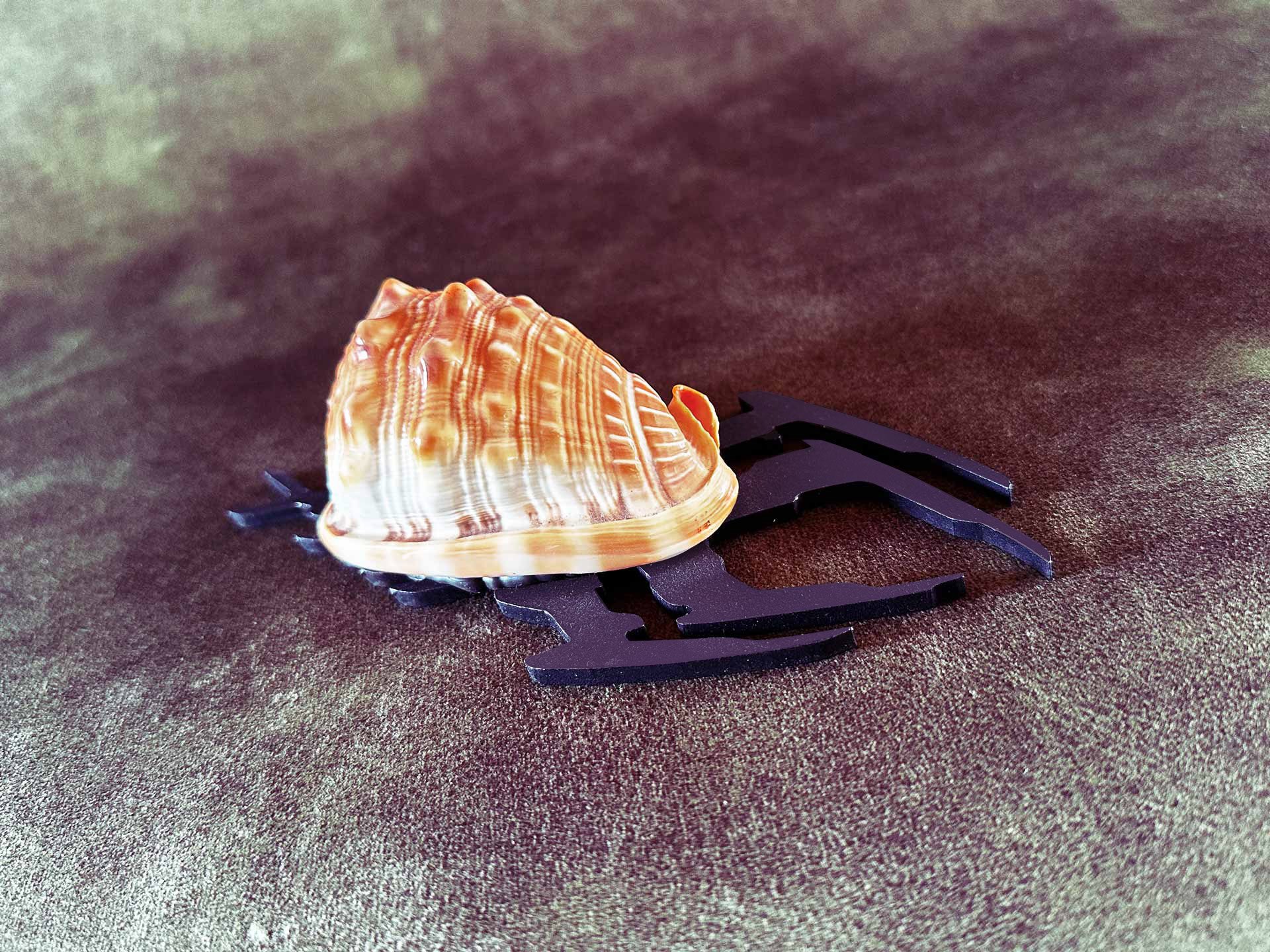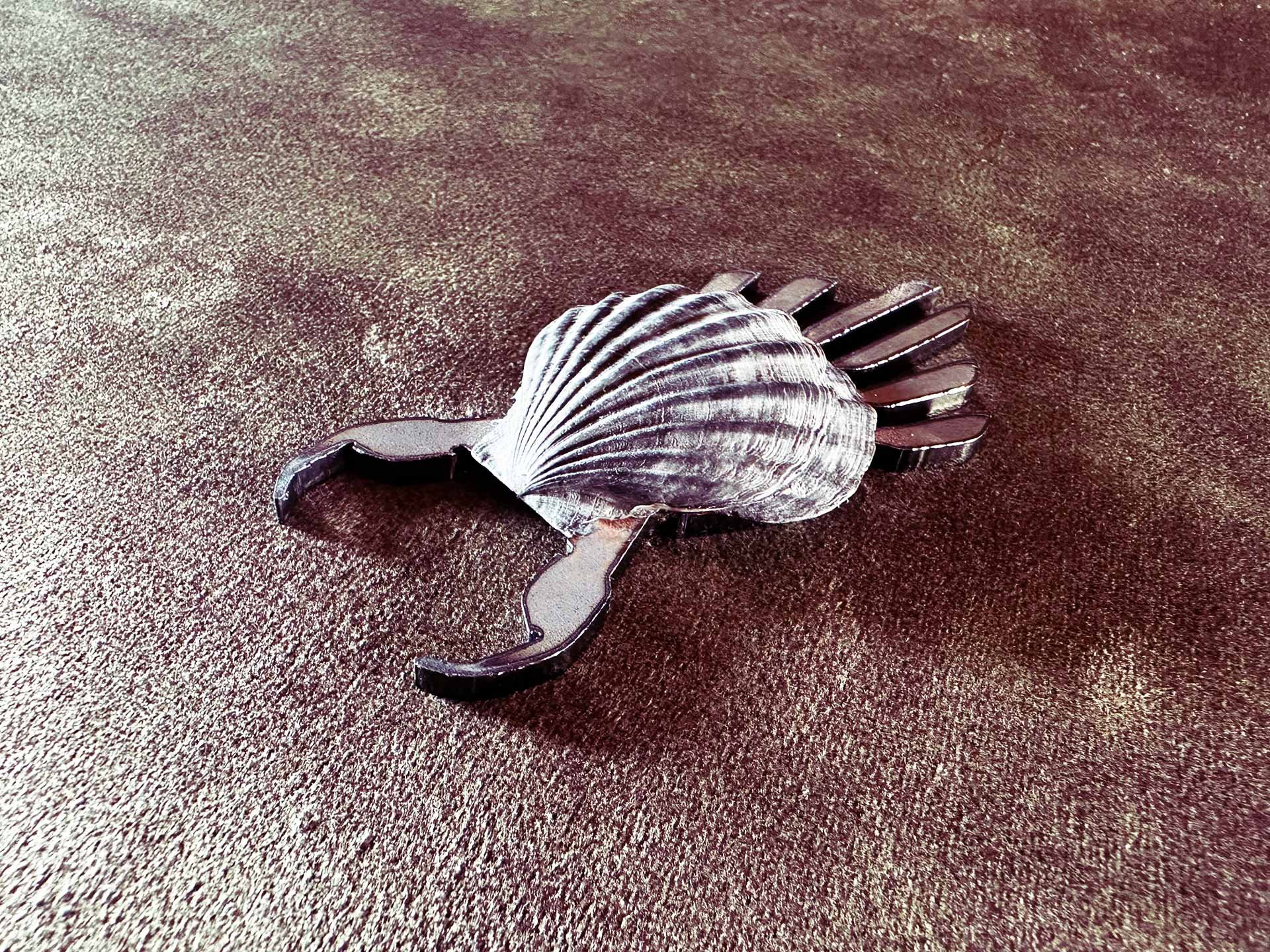Art Blog #180: What is Speculative Paleontology?
10. Februar, 2025 - Reading time 10 Min. - Peter Von Hauerland
#SpecArt #SpeculativePaleontology
Imagine walking through a dense alien jungle, filled with creatures that look vaguely familiar—like dinosaurs, but not quite. Some have extra limbs, some glow in the dark, and others are covered in structures that make porcupines look bald. Now, what if I told you these creatures are entirely made up, but based on scientific reasoning?
Welcome to the world of speculative paleontology—where imagination meets evolution, and extinct creatures get a second chance (at least in theory).
Speculative paleontology is the practice of envisioning how prehistoric life might have evolved under different circumstances. It’s part science, part artistic license, and part "what if?" thinking. Think of it as paleo-futurism—a way to explore the evolutionary paths life could have taken if history had played out differently.
But don’t mistake this for unhinged fantasy. It’s rooted in real-world biology, evolutionary principles, and ecological plausibility. The best speculative paleontology asks: Given what we know about prehistoric life and natural selection, what might have happened if things had taken a slightly different turn?
The "What If?" Game of Evolution
Evolution is a game of trial and error played over millions of years. Some creatures win big (looking at you, crocodiles—unchanged for 200 million years), while others fade into extinction (RIP, trilobites). But speculative paleontology wonders: What if things had gone differently?
What if the asteroid never wiped out the dinosaurs? Would we have hyper-intelligent raptors running corporations today instead of humans? What if mammals had never left the shadows of the Mesozoic? Would the world be ruled by towering, bear-like marsupials?
These questions aren’t just fun thought experiments; they make us appreciate how delicate the balance of evolution really is. Every extinction event, every climate shift, every genetic mutation could have led to an entirely different world.
The Art and Science Behind Speculative Paleontology
Speculative paleontology sits at the intersection of scientific rigor and artistic interpretation. Unlike straight-up science fiction, which can invent creatures with no grounding in biology, speculative paleontology sticks to real-world principles. No fire-breathing dragons or time-traveling dinosaurs here (as cool as that would be). Instead, it uses what we know about evolution, biomechanics, and ecosystems to create creatures that could have existed under the right conditions.
Artists and scientists who dabble in speculative paleontology consider factors like:
Anatomy: How would a creature’s skeleton need to change to survive a new environment?
Adaptations: What evolutionary advantages would make sense in a different climate or habitat?
Behavior: Would a species evolve new social structures? Hunting strategies? Communication methods?
Ecosystems: How would these hypothetical creatures fit into an alternative food chain?
Some well-known speculative paleontology projects, like The Future is Wild and All Tomorrows, take this a step further by imagining what life on Earth—or even other planets—could look like in the distant future. Others, like The New Dinosaurs by Dougal Dixon, reimagine what dinosaurs might have become if they had never gone extinct.
Why Is This So Fascinating?
Okay, so speculative paleontology is fun—but why does it matter? Aside from fueling our curiosity, it actually helps us think critically about how evolution works. It’s like a mental exercise that forces us to consider the many moving parts of adaptation and survival.
Plus, speculative paleontology has a unique way of making science feel accessible. If you’ve ever struggled to connect with dry scientific data, imagining a world where herbivorous theropods roam the plains or giant bat-like marsupials rule the night might make evolutionary biology click in a whole new way.
And let’s be honest—dinosaurs, prehistoric creatures, and alien-like ecosystems are just cool. Who wouldn’t want to explore a parallel timeline where Earth took a different evolutionary path?
So, Where Do You Start?
If you’re intrigued by speculative paleontology and want to dive deeper, here’s where to begin:
Read the Classics – Books like The New Dinosaurs by Dougal Dixon and All Yesterdays by Darren Naish challenge traditional assumptions about prehistoric life.
Follow Paleo-Artists – Artists like C.M. Kosemen and John Conway blend scientific knowledge with artistic imagination to bring speculative creatures to life.
Think Like an Evolutionary Biologist – Start asking "what if?" questions and see where your imagination takes you.
Join Online Communities – There are entire forums and subreddits dedicated to speculative evolution, where people share concepts and debate alternative evolutionary paths.
What If... You Created Your Own?
Now that you know the basics, why not try your hand at speculative paleontology? Imagine a world where mammals never took over, where insects grew to the size of wolves, or where amphibians developed advanced civilizations. How would they evolve? What features would they need? What predators would they face?
Speculative paleontology isn’t just about revisiting the past—it’s about stretching our imagination, challenging what we think we know, and sparking a sense of wonder about life itself. And honestly, in a world where we often feel bound by reality, a little creative evolutionary thinking might be exactly what we need.
So go ahead—doodle that feathered, six-limbed dinosaur or sketch out that planet filled with bioluminescent whale-bats. You never know—your ideas might just inspire the next generation of scientists, artists, or curious minds looking for a glimpse into the infinite possibilities of life.
And if nothing else, at least now you have a cool conversation starter for the next time someone asks, "What’s the weirdest thing you’re into?"
LATEST ARTICLES:
Art Blog #177: Spaghettification: The Cosmic Horror. Also, What Happens If You Try To Eat Spaghetti In Space
So, you think you know about space? Ever heard of "spaghettification"?
Art Blog #176: PlayStation Network Down: Why the Outage Exposes a Bigger Problem
Friday, February 7th, 2025, will be remembered as the day the PlayStation Network (PSN) collapsed worldwide.
Art Blog #175: Vincent Van Gogh: The Power of Small Steps in a Digital Age
Alright, let’s talk about Vincent Van Gogh. Not the sanitized, history-class version, but the raw, chaotic, soul-on-canvas artist…
LATEST ARTICLES:
Art Blog #168: Why Artsy T-Shirts Are the Ultimate Creative Flex
Look, we get it. The world is a hot mess. But while we can’t fix everything, we can put some good vibes on our chest.
Art Blog #167: Germany’s 2025 Election: A Nation at a Crossroads
Germany is heading toward a pivotal federal election on February 23, 2025, and it’s shaping up to be one of the most unpredictable ones in years.
Art Blog #166: The James Webb Space Telescope: 5 Biggest Discoveries
James Webb Space Telescope (JWST) stands as humanity’s ultimate time machine.
Art Blog #165: I Bought Tesla Before Elon Went Crazy
From innovation to controversy: Elon Musk's politics are forcing Tesla owners to choose between their values and their car.
LATEST IN OUR ART SHOP:
LIST OF BLOG ARTICLES:
Art Blog #179: Art Is Subjective: Why Your Taste Is More Valid Than You Think
Art Blog #176: PlayStation Network Down: Why the Outage Exposes a Bigger Problem
Art Blog #175: Vincent Van Gogh: The Power of Small Steps in a Digital Age
Art Blog #174: Elon Musk Gone Crazy
Art Blog #173: Abstract Sculptures Made of Sheet Steel Metal: A New Dimension of Art
Art Blog #172: The Super Bowl Ads: A Spectacle of Marketing and Entertainment since 1984
Art Blog #171: What Does Cringe Mean?
Art Blog #170/DE: Bundestagswahl 2025: Die Zukunft der Welt steht auf dem Spiel
Art Blog #168: Why Artsy T-Shirts Are the Ultimate Creative Flex
Art Blog #167: Germany’s 2025 Election: A Nation at a Crossroads
Art Blog #166: The James Webb Space Telescope: 5 Biggest Discoveries
Art Blog #165: I Bought Tesla Before Elon Went Crazy
Art Blog #164: The Genius of Imagination: Stephen Hawking and A Brief History of Time
Art Blog #163: It’s 89 Seconds to Midnight: What Does the Doomsday Clock Mean?
Art Blog #162: Best Italian Restaurant Around Munich: Le Castelle da Amadeo
Art Blog #161: How To Pick Art For Your Home With Confidence
Art Blog #160: Cringe Is The Kryptonite Of A Good Meme
Art Blog #159: Whats Is 3 Body Problem Netflix Series About
Art Blog #158: NASA Confirms Life’s Building Blocks on Bennu: A Groundbreaking Discovery
Art Blog #157: Why It’s Never About Modern Sculptures When People Talk Abstract Art ?
Art Blog #156: Is Procrastination A Creative Intermittent Fasting?
Art Blog #155: Why Is White Color Good For Home Interior Design Ideas
Art Blog #154: What is DeepSeek and Why is It Getting So Much Attention?
Art Blog #153: 4 Reasons Why I Never Went to Art Academy
Art Blog #152: What Is A Man Cave Or Why You Can´t Have That Stuff In The Living Room.
Art Blog #151: How Dreams Impact Our Creativity
Art Blog #150: Famous Art Quotes: Words That Fuel Creative Souls












